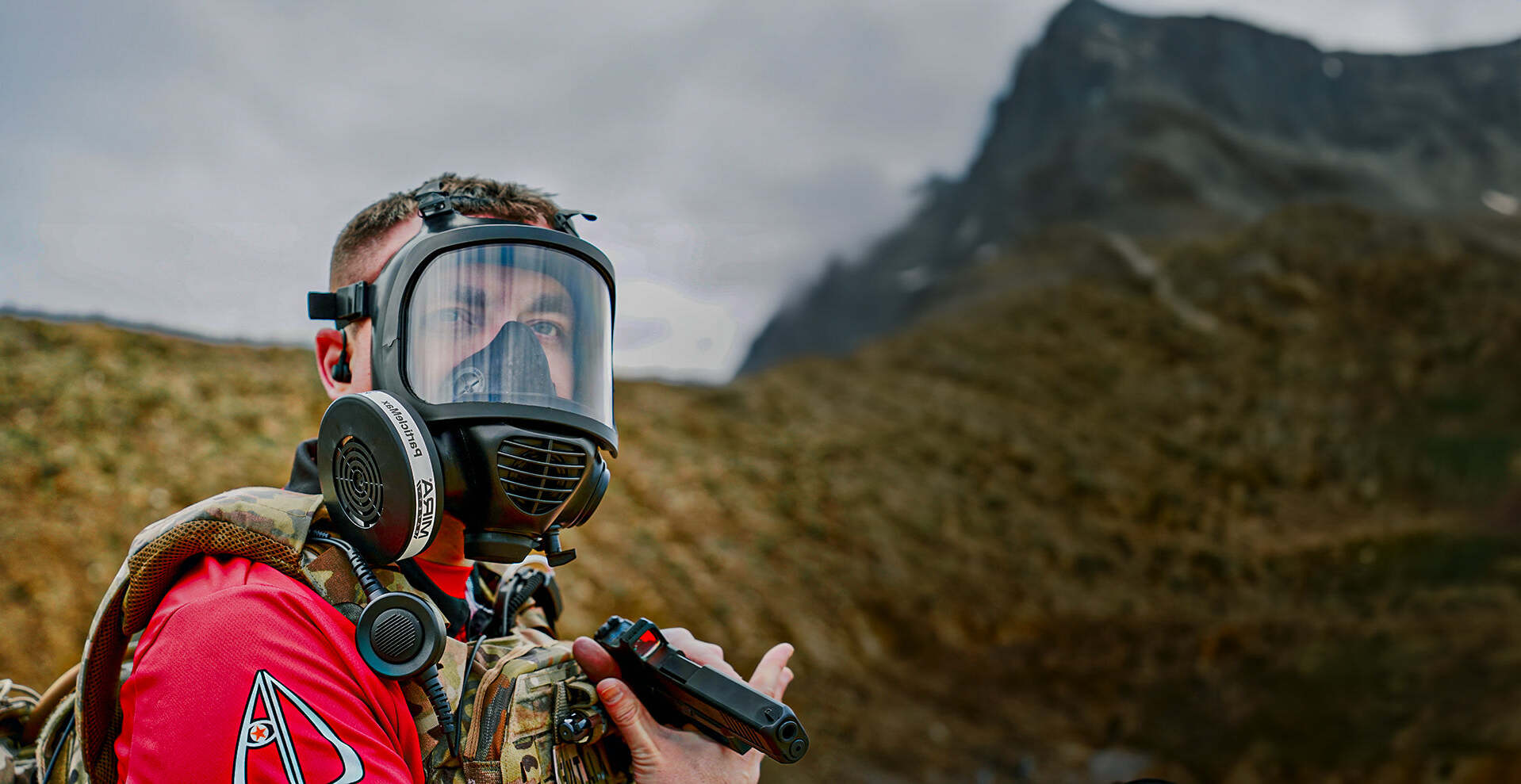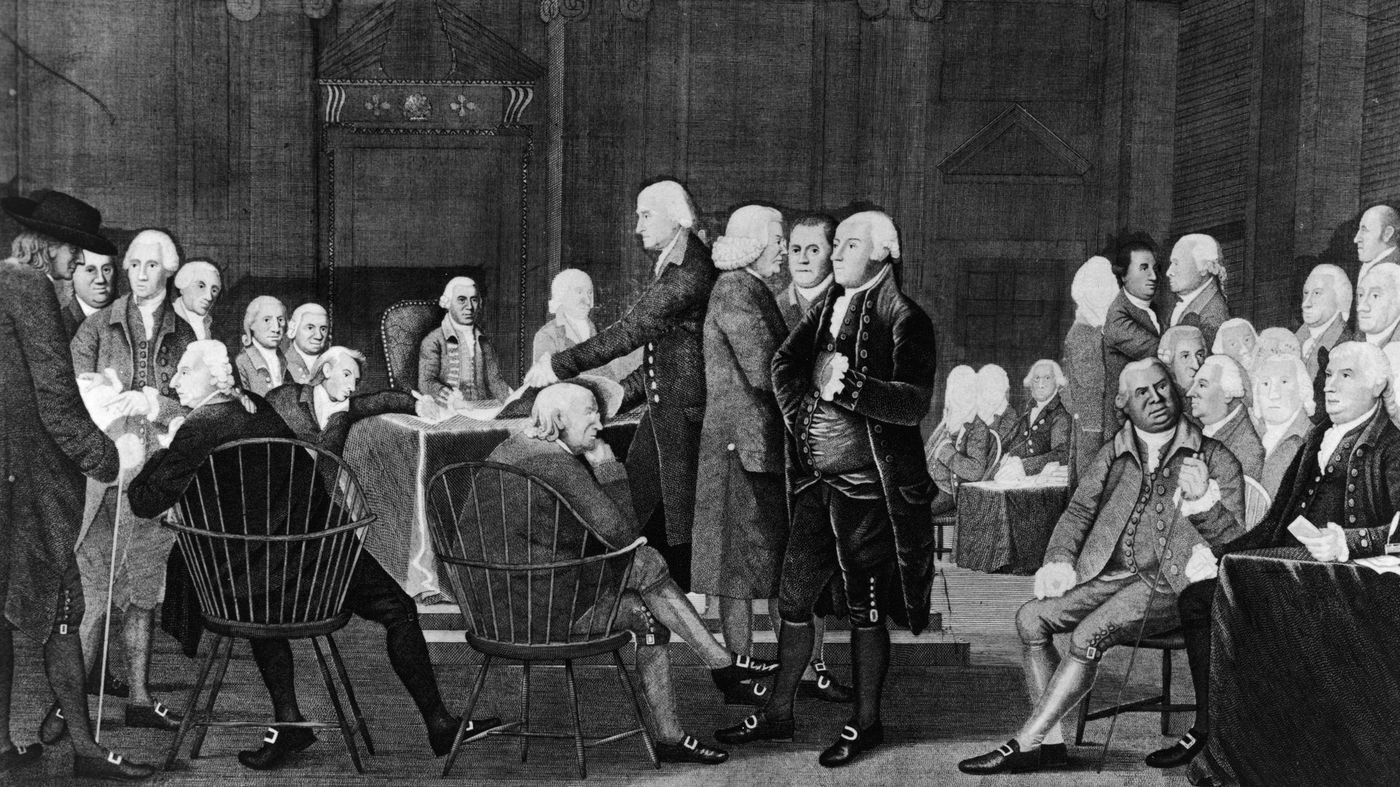
Gas masks have a fascinating history and serve a crucial role in protecting people from harmful substances. Did you know that these life-saving devices were first used during World War I? They were designed to shield soldiers from toxic gases on the battlefield. Today, gas masks are used in various fields, including military, industrial, and emergency services. They come in different shapes and sizes, each tailored for specific threats. From filtering out smoke during wildfires to providing a barrier against chemical spills, gas masks are indispensable. Ever wondered how they work or what materials they use? Let's dive into 15 intriguing facts about gas masks that will leave you amazed!
The Origins of Gas Masks
Gas masks have a fascinating history that dates back centuries. Let's explore some intriguing facts about their origins and early uses.
-
Ancient Beginnings: The concept of protecting oneself from harmful air dates back to ancient Greece. People used sponges soaked in water to filter out smoke during fires.
-
Leonardo da Vinci's Idea: In the 16th century, Leonardo da Vinci suggested using a wet cloth over the face to protect against toxic agents. This idea laid the groundwork for future designs.
-
First Modern Gas Mask: The first modern gas mask was invented by Scottish chemist John Stenhouse in 1854. It used charcoal to filter out harmful gases.
-
World War I Necessity: Gas masks became essential during World War I when chemical warfare was introduced. Soldiers needed protection from deadly gases like chlorine and mustard gas.
How Gas Masks Work
Understanding how gas masks function can help appreciate their importance. Here are some key facts about their mechanisms.
-
Filtration System: Gas masks use filters made of activated charcoal or other materials to trap harmful particles and gases, allowing only clean air to pass through.
-
Sealed Fit: A good gas mask must form a tight seal around the face to prevent any contaminated air from leaking in. This ensures maximum protection.
-
Exhalation Valve: Most gas masks have an exhalation valve that allows the wearer to breathe out without letting contaminated air in. This makes breathing easier and more comfortable.
-
Different Filters for Different Threats: Gas masks can be equipped with various filters depending on the specific threat, such as chemical, biological, radiological, or nuclear agents.
Gas Masks in Everyday Life
While often associated with military use, gas masks have found their way into civilian life in various ways. Here are some interesting facts about their everyday applications.
-
Industrial Use: Workers in industries like painting, mining, and chemical manufacturing use gas masks to protect themselves from inhaling harmful fumes and dust.
-
Emergency Preparedness: Many households keep gas masks as part of their emergency preparedness kits, especially in areas prone to natural disasters or potential chemical spills.
-
Firefighters' Gear: Firefighters use specialized gas masks to protect themselves from smoke and toxic gases while rescuing people from burning buildings.
-
Medical Use: During outbreaks of contagious diseases, healthcare workers use gas masks to protect themselves from airborne pathogens.
Innovations and Modern Gas Masks
Gas masks have evolved significantly over the years. Let's look at some modern advancements and innovations.
-
Advanced Materials: Modern gas masks use lightweight, durable materials like silicone and butyl rubber, making them more comfortable and effective.
-
Integrated Communication Systems: Some high-tech gas masks come with built-in communication systems, allowing wearers to stay in contact with their team without removing the mask.
-
Smart Gas Masks: The latest innovations include smart gas masks equipped with sensors that can detect the presence of harmful gases and alert the wearer in real-time.
The Final Breath
Gas masks have played a crucial role in history, from protecting soldiers in World War I to safeguarding civilians during natural disasters. These devices, often seen as relics of the past, continue to evolve with advancements in technology. Modern gas masks offer better protection, comfort, and usability, making them essential for various professions and emergency situations.
Understanding the history and functionality of gas masks helps appreciate their importance. Whether used by military personnel, firefighters, or in industrial settings, these masks save lives. They stand as a testament to human ingenuity and the relentless pursuit of safety.
Next time you see a gas mask, remember its rich history and the countless lives it has protected. From the trenches of war to the frontlines of disaster response, gas masks remain a vital tool in our quest for survival and safety.
Was this page helpful?
Our commitment to delivering trustworthy and engaging content is at the heart of what we do. Each fact on our site is contributed by real users like you, bringing a wealth of diverse insights and information. To ensure the highest standards of accuracy and reliability, our dedicated editors meticulously review each submission. This process guarantees that the facts we share are not only fascinating but also credible. Trust in our commitment to quality and authenticity as you explore and learn with us.


